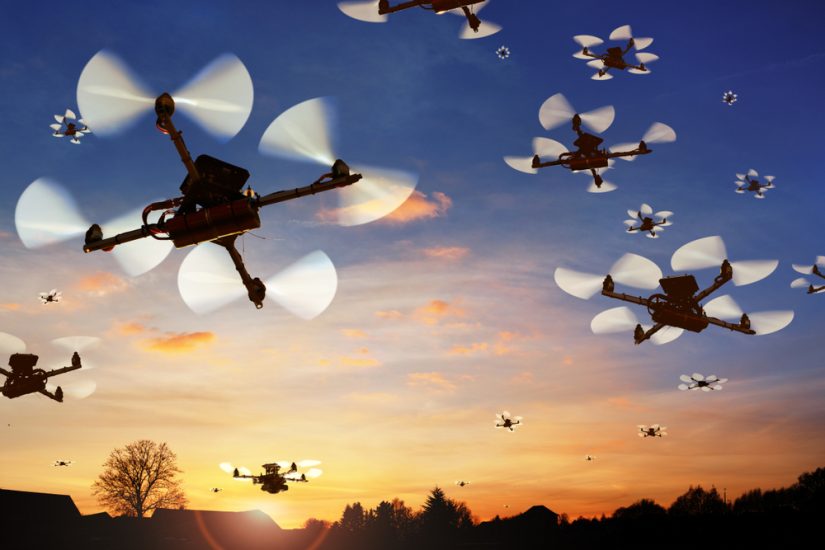A new paper, by researchers from Aarhus University and the University of Southern Denmark, proposes a novel method for addressing the challenge of ensuring a safe minimum separation distance between a conventional drone and an uncooperative drone of an unknown model (UDUM).
The researchers analysed 1,743 models of fixed-wing and tilt-wing uncrewed aerial systems (UAS) and 1,141 rotary-wing UAS as well as smaller numbers of lighter-than-air type UAS, flapping-wing and parafoil models.
The method uses this global UAS database analysis along with classification of the existing drones, determination of the fastest UAS among types, and a mathematical model for estimating the safety radius and the minimum separation distance.
The method, termed MATHryoshka, uses data on maximum velocity, drag coefficient, cross-sectional area, mass, and current velocity of UDUM to calculate minimum separation distance and safety radius. To minimise the risk of collisions, the team proposed an approach that involves measuring the safe separation distance.
The study calculated the separation distance based on a worst case scenario to minimise the risk of collision with a known-type UDUM. In the worst-case scenario, it is assumed that the UDUM is the fastest model of its type and that its trajectory is optimised to collide with an ordinary U-space user.
The paper states that the researcher’s UDUM classification alone led to a significant improvement in measuring the minimum separation distance, resulting in an up to fivefold optimisation among different types of UAS.
To make the method available for the autonomous guidance system, the researchers suggest creating a global UAS database that would allow them to predict the range of drag coefficient, lift coefficient (for UAS with wings), mass and cross-sectional area based on UAS dimensions.
For more information
A method for determining the safe separation to an unknown-model uncooperative UAV in U-space
Image: Shutterstock




